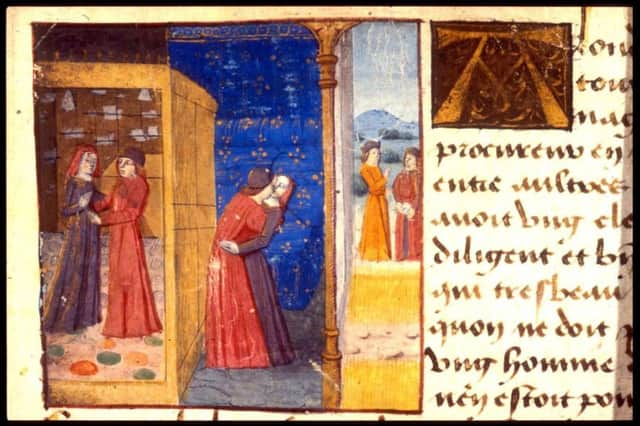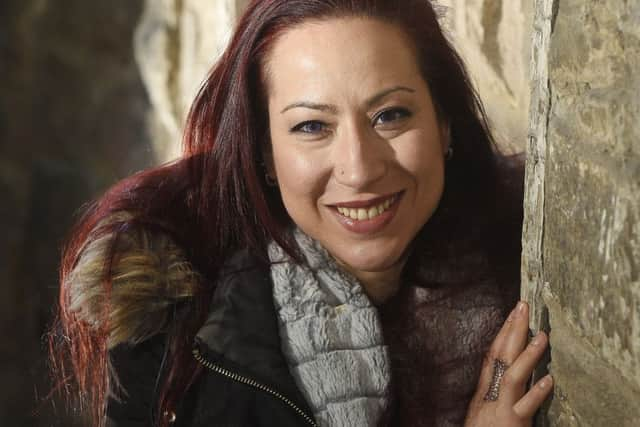Bawdy French stories to be heard for first time in six centuries


Now the stories of how medieval noblemen, knights, millers and clerks seduced women, recorded in the 15th century illustrated manuscript Cent Nouvelles Nouvelles, part of the Hunterian Collection of the University of Glasgow, are to be performed for the first time in six centuries.
Kleio Pethainou, who will reenact the French characters and love songs, said that while people think of medieval chivalry as a time when men displayed the utmost in manners and decorum, it was in reality a time when “love meant lust”.
Advertisement
Hide AdThe event – Fool For Love: The Not So Subtle Art Of Medieval French Seductionon 20 February at the Scottish Storytelling Centre on the Royal Mile in Edinburgh – is rated as being suitable for age 16+ due to the nature of the content.


“Seduction in the 15th century was a bit different from how we regard it nowadays,” said Pethainou, who is writing her doctorate at the University of Edinburgh on the art, including humour, of 15th century French manuscripts. “We think courtly love was about flirtation, chivalric, elegant words, but that existed more in literature than in real life.
“Consent was not a word for the ladies. It was more a case of ‘either you consent or I’ll have you anyway’.”
But the stories also show how women could outwit the men despite having little power in society.
Pethainou, manager of Edinburgh’s Granton Art Centre, the research and art storage facility of the National Galleries of Scotland, said “The Tale Of The Lord And The Maid”, which gave the women a starring role, was a perfect example of the raw humour in the manuscript.
“Many, many stories are begging to be told. They are relatable and contemporary, timeless and could stand alone today.
Advertisement
Hide Ad“There is a story which was told at the Duke of Burgundy’s court about a Lord of the House who was in love with one his maids. The maid told him she was a virtuous woman and not interested. She was also afraid of his wife finding out and losing her job. Eventually the Lord tells her, ‘Either you consent or I’ll have you. It’s a privilege I’ve been asking you.’
“The maid says to him she’ll need to check if his wife is asleep and asks him to sift the flour for her while she goes to find out. But the maid tells the wife everything and says ‘if you don’t believe me go and look. The wife goes to the kitchen, sees her husband, a member of the French parliament, doing the maid’s work and asks him where his brains are. He replies, ‘At the tip of my cock’, throws away all the kitchen equipment and runs away to get drunk.”
Advertisement
Hide AdDaniel Abercrombie, programme manager at the Scottish Storytelling Centre, said: “This rare French treasure reveals gutsy and fun stories not heard in 600 years, which the Storytelling Centre is delighted to showcase live for a modern audience. Contemporary storytellers are taking inspiration and rising to the bait, with this unique event promising secrets, foolishness and bawdy language aplenty, whilst questioning whether human desires have changed much since the 15th century.”